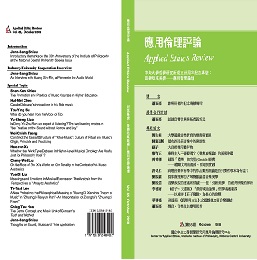分析美學對於音樂表現的解析,使得傳統的音樂表現論得以
當代範式的轉換,一般被區分為所謂的「自我表現理論」與「情感介入理論。納爾遜‧古德曼在1968年的經典著作《藝術的語言》當中對表現論有所規定,其意圖是給出一種還算全面的「例示性的藝術定義」,他認定表現就是一種「隱喻性例示」。斯蒂芬‧大衛斯在其1994年的專著《音樂的意義與表現》當中,表述了一種全新的多維「音樂意義」觀念,提供出了一整套的「意義類型學」,從而得到了普遍的關注與贊同。在分析美學的相關研究當中,「認知——情感理論」就是一種主流的理論。彼得‧基維在1998年的《音樂哲學導論》等系列著述當中,在其初步提出的音樂表現理論亦即「輪廓理論」基礎上,強調音樂的情感屬性是滲透在音樂的形式結構裡面的,由此提出了一種「升級的形式主義」版本。
The analysis of musical expression in analytical aesthetics makes a transformation from traditional musical expression theory to contemporary paradigm, which is generally divided into the so-called "self-expression theory" and "the emotional engagement theory". Nelson Goodman prescribes expression theory in his classic academic book Language of Art in 1968. His intention is to give a fairly comprehensive "exemplification definition of art", and he believes that expression is a "metaphorical exemplification". In his monograph Musical Meaning and Expression in 1994, Stephen Davis presents a new concept of multi-dimensional "musical meanings" and provides a set of "Typology of meanings", thus gaining universal attentions. Among the relevant studies of analytical aesthetics, "the cognitive-emotive theory" is a mainstream theory today. In his series of works especially Introduction to a Philosophy of Music in 1998, Peter Kiev emphasized that the emotional property of music is permeated in the formal structure of music on the basis of his preliminary theory of musical expression, i.e. contour theory, and then he presents a enhanced formalism version of music expression.
